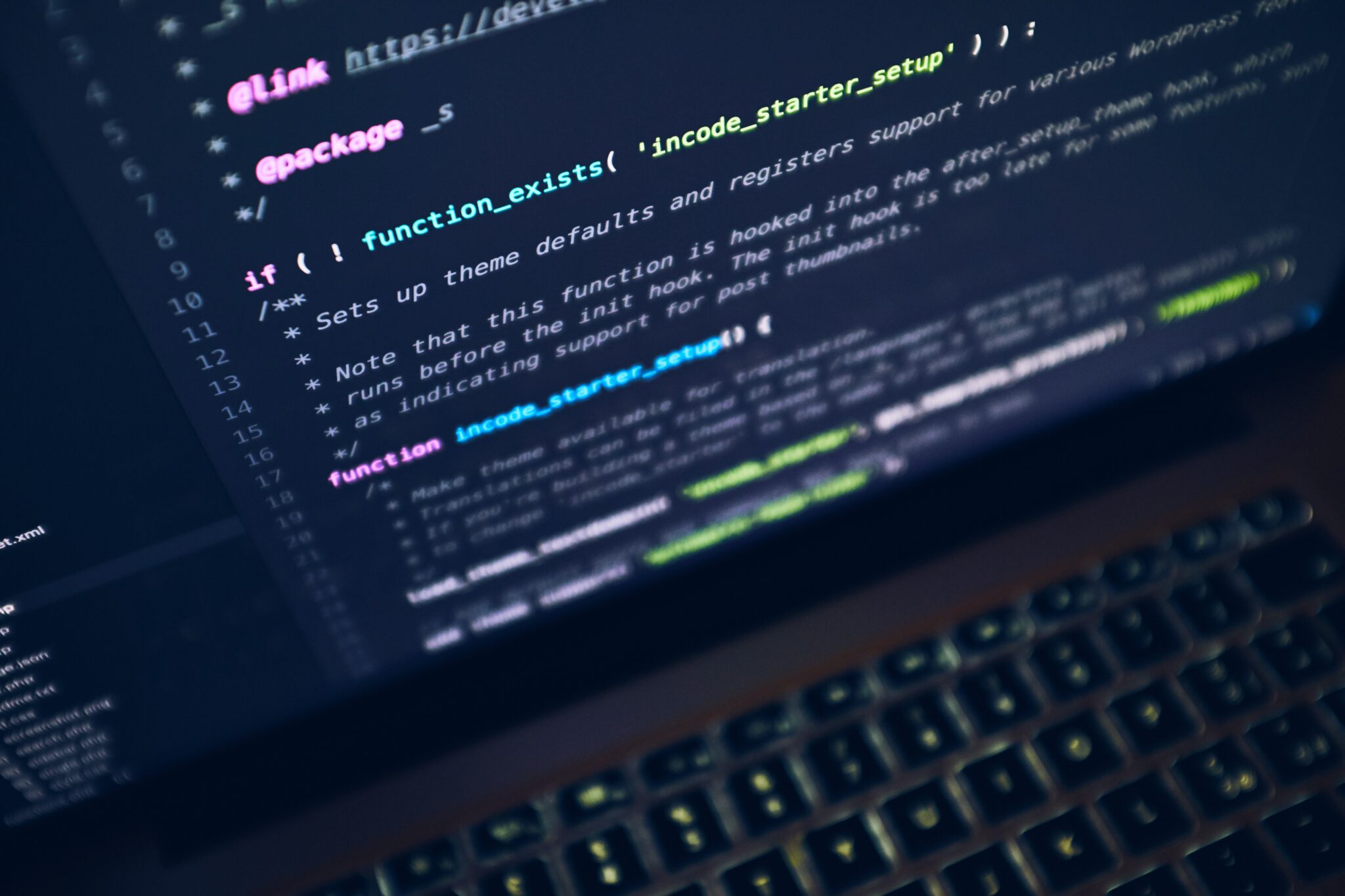
Bryant Nielson | June 7, 2023
Hyper-automation, AI security, blockchain, distributed cloud, and IoT drive disruption and result in opportunities that make the strategic technology choices for this year. Astonishing technologies such as hearing aids and prosthetics also evolved into wearables and cochlear implants. Even laser eye surgery is now commonplace. However, with technology, comes widespread innovation and consequently the need for control. Blockchain has been in the mind of innovators over recent years. The level of investment and interest from technology enthusiasts, venture capital, and well-established businesses alike show that revolutionary technology is the definite strategic choice.
The Practical Blockchain
Blockchain is a kind of distributed ledger, a chronologically growing ordered list of cryptographically signed, irreversible transactional records mutually shared and verified by participants in the network. Blockchain enables the parties to monitor the assets back to their origin, which is helpful for traditional assets. It also makes the way for other practical uses like tracing food-borne diseases back to the original supplier. It lets two or more parties unfamiliar to each other surely interact in a digital environment to exchange value with no need for any centralized authority.
The whole blockchain model entails five elements:
- A shared and distributed ledger
- An immutable and trackable ledger
- Encryption
- Tokenization
- A distributed public consensus mechanism
However, blockchain is still in its infancy stages for enterprise deployments because of a range of technical issues related to scalability and interoperability. According to Gartner, blockchain, included in its Top 10 Strategic Technology Trends for 2020, will be 100% scalable by 2023. In the future, the true blockchain would potentially transform industries and the economy since it works in conjunction with other technologies like AI and IoT. According to Gartner’s Report, it expands the kind of parties to include machines, which would enable the exchange of a range of assets — from cash to real estate. For example, a vehicle would be able to make negotiations on the insurance prices directly with the insurance company as per the data collected and saved by its sensors.
The Blockchain Spectrum – The Strategic Technology Choices for Blockchain Solutions Development
The Blockchain Spectrum, as proposed by Gartner, comprises four archetypes, split into the elements and characteristics they contain, some of which would only be developed in the coming years. Each of these blockchain spectrum phases represents opportunities and risks, but today’s CIOs should start experimenting at least at a minor level.
- Blockchain’s enabling technology
These technologies make the building blocks upon which future blockchain solutions would be developed. These blocks are also used as part of non-blockchain solutions, for instance, to enhance the operational efficiency of the business’s distributed data management systems. The building blocks or strategic technologies include cryptography, peer-to-peer networking, distributed computing, and messaging.
- Blockchain’s inspired technology
Blockchain-inspired technology solutions use three key elements i.e. Distribution, encryption, and immutability. Usually, these solutions don’t have a high degree of tokenization and decentralization. It implies they tend to emphasize efficiency or reengineering the current processes. For instance, Alibaba tracks and monitors the food products from around the world.
Blockchain-inspired solutions are predicted to dominate enterprise execution focus through the early 2020s. These solutions are usually of limited scope and are based on maintaining established processes and architecture like centralized notary, hashing/signing, distributed or replicated data stores, and a messaging layer. Critically, they can’t tokenize different kinds of digital and non-digital assets and are developed without a foundation of decentralized operations and governance.
- The True Blockchain or Blockchain-complete
In early 2023, enterprise-ready blockchain-complete solutions are expected to arrive. These will use all possible blockchain elements and provide a route to completely novel business models based on dynamic smart contracts, decentralized operational structures, and tokenization. These solutions will provide a full value proposition of the blockchain.
Blockchain-complete solutions would introduce tokenization backed by smart contracts and decentralization, two elements that blockchain-inspired solutions usually lack. These proficiencies are the catalysts for the new business models. The use of blockchain-enabled tokens is expected to enable previously impossible value exchange systems, particularly at a micro-level.
- Blockchain-enhanced Solution
As the world would move to 2025, blockchain is predicted to include complementary technologies, like the Internet of Things (IoT), decentralized self-sovereign identity (SSI), and artificial intelligence (AI).
This transition will enable users and businesses to own, control, and share their digital and non-digital identities through decentralized SSI. Individuals could be able to decide the ways identities will be shared, leading to the state when businesses, people, or things can use that data as required for interaction. All these data would be secured, for instance, in a digital wallet, and be trackable.
These solutions will also lead to the kind of value that can be tokenized and enhance the number of microtransactions to be done by smart contracts. For instance, this could be a car negotiating its insurance rates directly with the insurance company as per the data collected and saved by its sensors.
Blockchain-enhanced solutions, as strategic technology choices, would change the business model into autonomous agents having the ability to commercially operate independently of a human. Today’s businesses must prioritize their strategic technology choices and include blockchain as a part of their current and future market solutions analysis strategy as well as strategy to exploit the potential for massive digital shifts in the coming year.
